Many startups and entrepreneurs use venture debt as a form of startup capital. In fact, venture debt is a good complement to equity investments in venture capital, but can be [slightly] less expensive. It is associated with lower costs compared to traditional forms of equity and can help support growth. Some startups use it as an additional capital cushion.
On the other hand, one disadvantage to venture debt is that it is debt, so it will be repaid and comes with interest rates, similar to–and sometimes higher than–traditional debt. The only difference is the underwriting process. Venture debt can also be challenging, such as in a situation when a startup is raising capital at the same time the venture note is amortizing and must be repaid.
All in all, venture debt has its pros and cons, and can be difficult to understand. Read on to learn more about some of the venture debt terms, what they can mean for startups, and how startups and entrepreneurs should think about it.
Contents
Amount: What is Necessary? What is Possible?
Depending on where the borrower or startup is in the commercialization process will ultimately depend on the amount of venture debt that is available to startups.
In short, startups are categorized based on series (A-B, C-D, and E+). Series A-B are companies that are in the earlier development and startup phases whereas E+ are in the later development stages. E+ series companies typically as much debt as cash flow can support. The majority of startups will err on the side of looking at the amount of debt necessary rather than the amount of debt possible.
Types of Venture Debt
Most venture lenders offer two types of debt facilities: term loans and revolving lines of credit. Depending on the needs of the startup, borrowers may favor one type of debt over the other.
For example, term loans give startups the option to repay debt at a later debt, which works well for early stage companies that are still in the “pre-revenue” startup phases and are not generating sufficient income repay debt.
On the other hand, series E+ companies that are selling actively selling products and that have a healthier and more consistent cash flow will often utilize a revolving line of credit to sustain cash flow during the period of time when they manufacture products and receive customer payments.
Collateral Caution
To guarantee repayment, venture lenders will often put a lien against the borrower’s assets, which can include intellectual property (IP). Although this is a viable venture debt option, borrowers should pursue this avenue with caution and to choose their partners wisely.
Reporting Requirements
The majority of borrowers and startups that work with venture lenders must provide reporting, which can include monthly income statements, balance sheets, and compliance certificates on a regular basis in order to prove the financial health and stability of a startup. Some venture lenders require that borrowers undergo regular audits until a partner or venture lender is satisfied with the financial statements or tax returns of a company.
Financial Covenants and Pricing
The majority of venture lenders and institutions require financial covenants, but the overall costs of capital and interest rates are relatively low.
On the other hand, some venture lenders will not require financial covenants, but will oversee how and when loans will be made. This often will incur a higher cost of capital (interest rates over 10 percent).
Although these are some of the more traditional terms associated with venture debt, there is less focus on lending and more about relationships. For example, some venture lenders will look at a company and the relationship between investors, management team, founders, and so on first before looking at finances.
All in all, startups should think of venture debt as term-oriented debt, which is different than something based on working capital. Venture debt is really to help facilitate growth and complement raised equity, which is the best way startups should think about it. It can also be a great alternative to venture capital funding.
- How to Offset W-2 Income Taxes by Investing in Real Estate - July 19, 2024
- How to Invest in Real Estate Sight Unseen - July 16, 2024
- 19 Reasons Foreigners Should Invest in US Single-Family Real Estate - July 11, 2024

